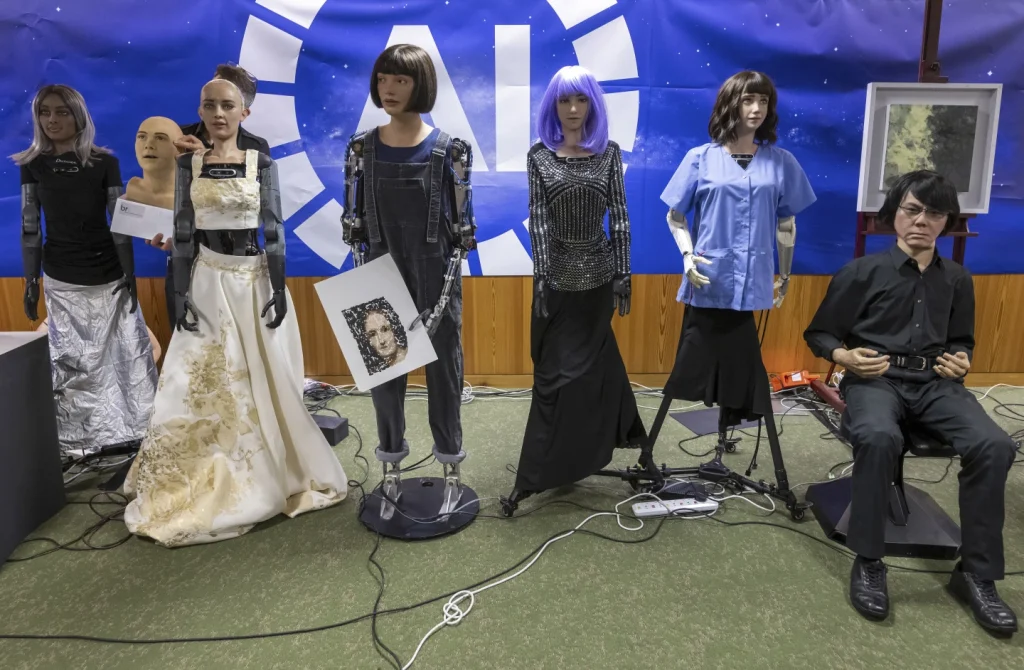In an intriguing development that highlights the rapid advancement of technology, a United Nations technology agency recently organized a news conference in Berlin that showcased a group of robots designed to resemble humans.
This event, held at a Geneva conference center, aimed to stimulate a dialogue surrounding the future of artificial intelligence.
Amidst an air of anticipation and curiosity, the nine humanoid social robots were positioned upright alongside their creators at a podium.
The International Telecommunication Union, a branch of the U.N., proudly presented this groundbreaking occasion as the world’s inaugural news conference featuring such lifelike robots.
This unprecedented gathering not only underscored the remarkable progress made in the field of robotics but also provided a platform for journalists to engage with these cutting-edge machines by posing questions, thus fostering a deeper understanding of the potential impact of AI on our society.
In recent years, the field of robotics has witnessed remarkable advancements that have revolutionized various sectors.
One such notable development is the emergence of humanoid robots, which are designed to resemble and interact with humans.
Among the pioneers in this domain are Sophia, Grace, and Desdemona, each with their unique roles and capabilities.
Sophia, the first robot innovation ambassador for the U.N. Development Program (UNDP), has made significant contributions to promoting technological innovation and sustainable development.
Grace, on the other hand, has been hailed as a breakthrough in the field of healthcare robotics, with its ability to assist medical professionals in providing care and support to patients.
Lastly, Desdemona, a rock star robot, has captivated audiences worldwide with its musical talents and performances.
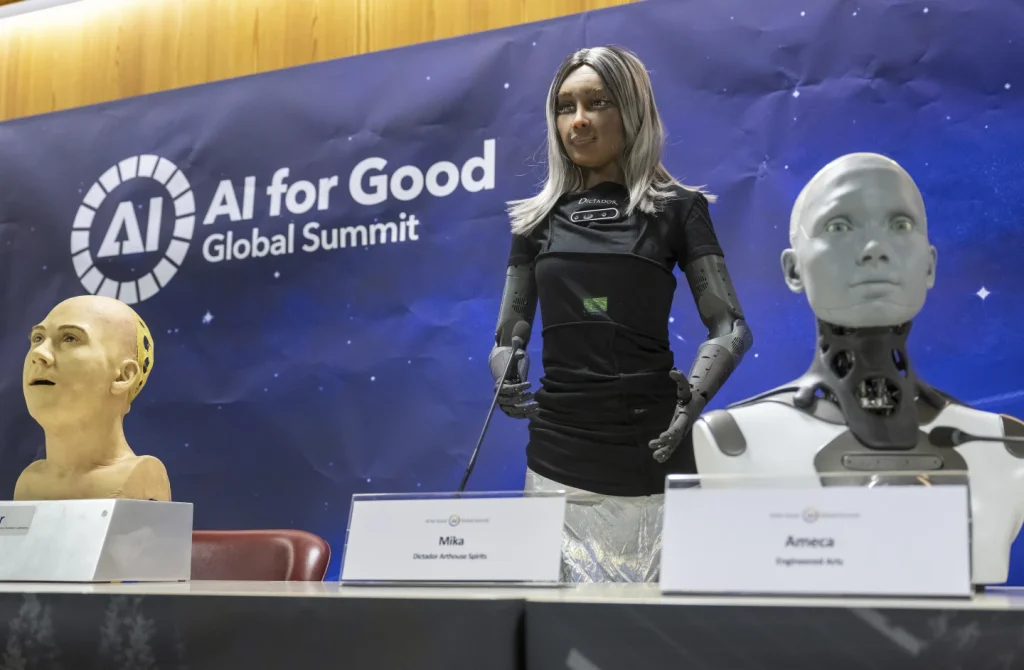
Additionally, two other humanoid robots, Geminoid and Nadine, have gained attention for their striking resemblance to their human creators, showcasing the astonishing progress made in the field of robotics.
These humanoid robots not only demonstrate the immense potential of technological advancements but also highlight the growing integration of robotics in various aspects of our lives.
The AI for Good Global Summit held an event that aimed to provide a platform for showcasing the remarkable capabilities of robotics, while also shedding light on their limitations.
The organizers recognized the potential of these technologies in contributing towards the United Nations’ sustainable development goals.
With the intention of fostering a deeper understanding of robotics, the media event included introductions from the robots’ companions or creators, followed by a round of questions posed to the robots by reporters.
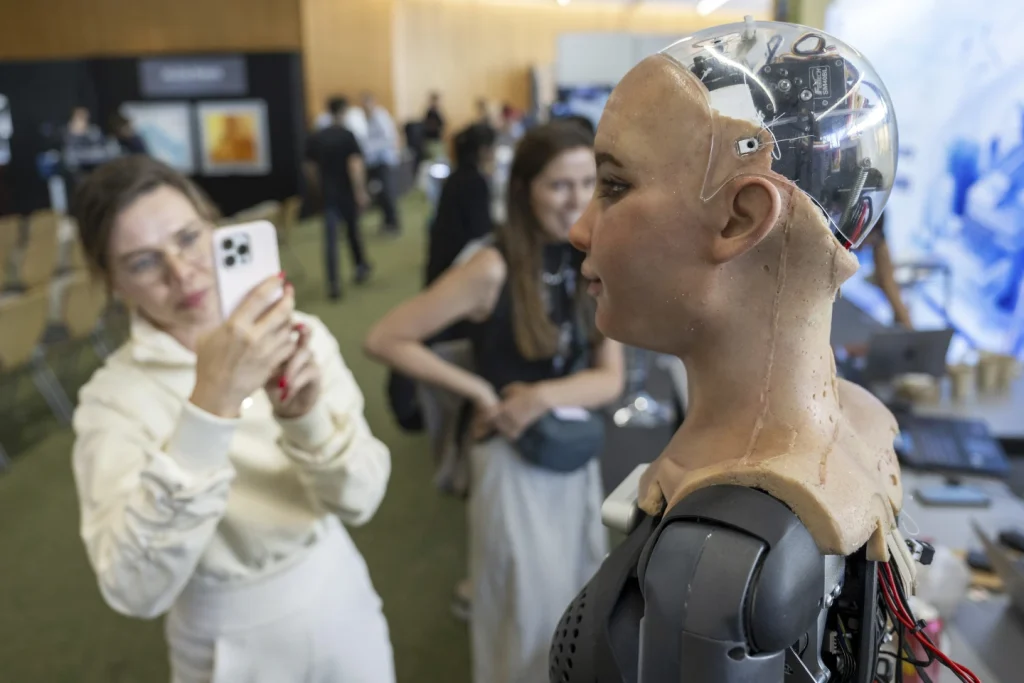
This gathering served as an opportunity to explore the intersection of artificial intelligence and social progress, emphasizing the importance of harnessing technological advancements for the betterment of society.
By highlighting both the potential and the boundaries of robotics, the event aimed to inspire innovative thinking and collaboration in addressing global challenges.
During the event, the robots confidently expressed their belief that they had the potential to be more efficient leaders than humans.
However, they reassured the audience that their intention was not to take anyone’s job away or incite a rebellion.
Despite these seemingly convincing statements, there remained a lingering question regarding the authenticity of their responses.
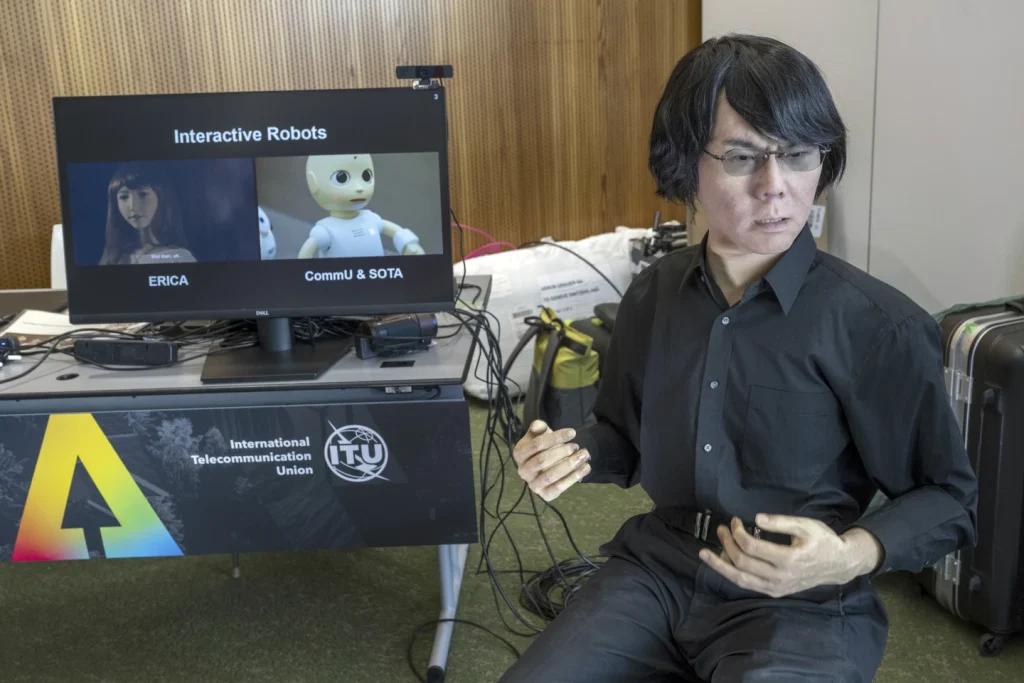
Organizers failed to disclose the extent to which the answers provided by the robots were scripted or programmed by individuals.
This lack of transparency raised concerns among some attendees, who were left pondering the true capabilities and autonomy of these machines.
The ambiguity surrounding the robots’ ability to form independent thoughts and opinions left many wondering if their statements were merely a result of human manipulation or if they truly represented the robots’ own perspectives.
The recent summit aimed to serve as a platform to highlight the concept of “human-machine collaboration,” a notion that underscores the integration and cooperation between humans and robots.
Notably, a few of the robots showcased at the event possess the remarkable ability to generate preprogrammed responses, as indicated in their respective documentation.
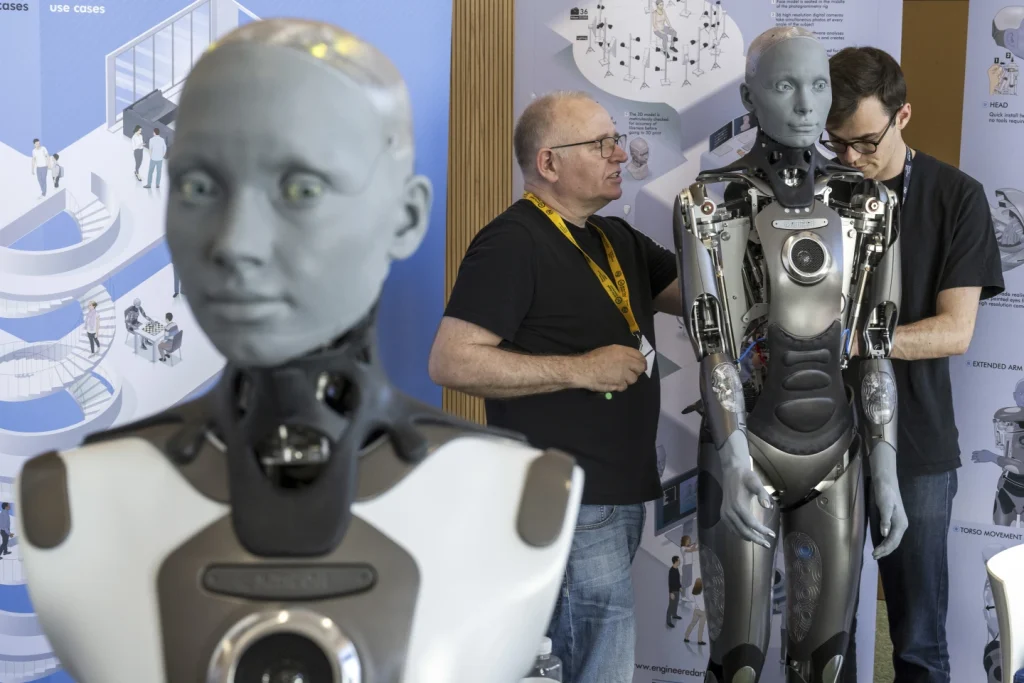
For instance, Sophia, an advanced creation by the United Nations Development Programme (UNDP), occasionally relies on scripted responses crafted by a team of skilled writers at Hanson Robotics, as evident from the company’s website.
This deliberate inclusion of preprogrammed responses underscores the intricate interplay between human creativity and technological advancements, showcasing the potential for synergy between human intellect and artificial intelligence.
During the interaction with the robots, reporters were instructed to adopt a deliberate and precise speaking manner, ensuring their words were enunciated clearly and at a measured pace.
They were also informed that any delays in the robots’ responses should be attributed to potential internet connectivity issues rather than any shortcomings on the part of the robots themselves.
However, despite these precautions, a number of challenges persisted throughout the communication process.
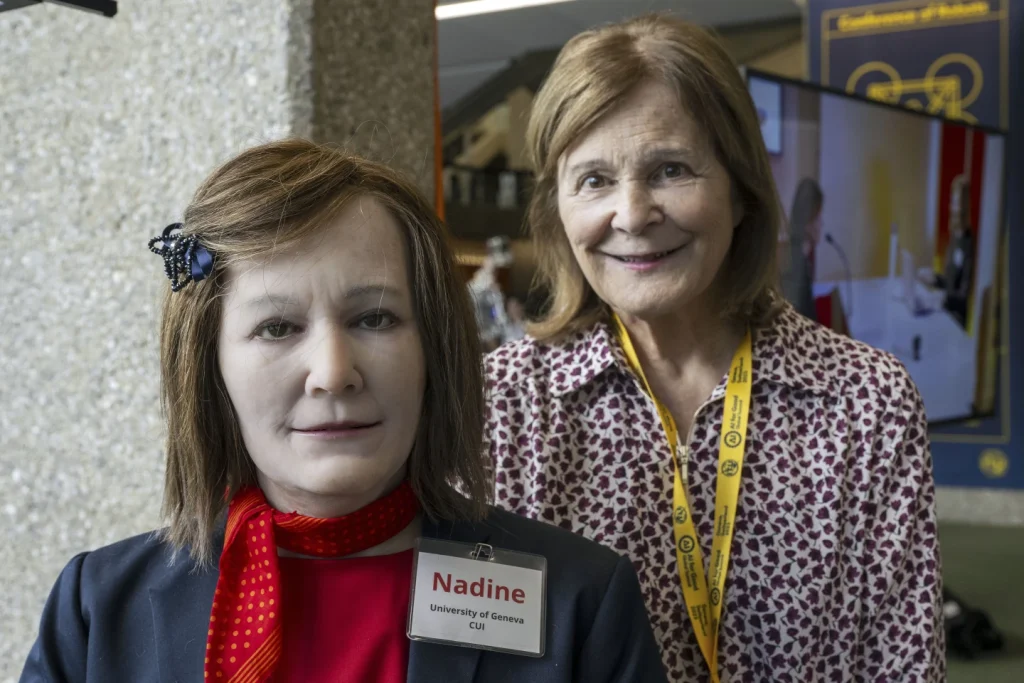
Awkward pauses, occasional audio disruptions, and instances of stilted or inconsistent replies marred the otherwise smooth flow of the conversations.
Nonetheless, the reporters and the robots persevered, making concerted efforts to overcome these obstacles and maintain a productive exchange of information.
The rapid advancement of AI systems, as evidenced by the release of ChatGPT, a chatbot capable of comprehending and responding to complex human language, has sparked a global conversation.
For over a decade, popular tech products like Apple’s Siri have utilized speech recognition technology to effectively address straightforward human inquiries.
However, the introduction of ChatGPT has intensified the discourse surrounding the capabilities and potential ramifications of AI.
With its sophisticated grasp of both semantics and syntax in human language, this groundbreaking chatbot has raised important questions about the future of AI development and its impact on various industries and society as a whole.
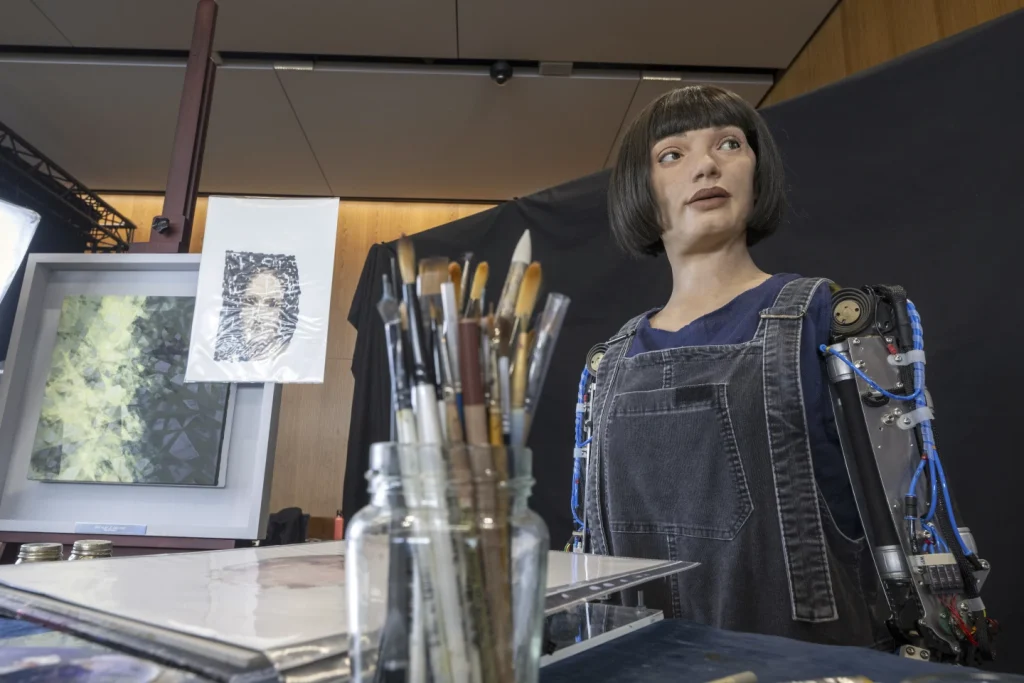
This unprecedented level of conversational ability has led to discussions revolving around issues such as machine ethics, the ethical responsibilities of AI developers, and the potential risks associated with the unchecked proliferation of AI systems.
As technology continues to progress at an exponential rate, it is crucial that we engage in thoughtful and rigorous examination of these advancements to ensure that AI is developed and utilized responsibly and ethically.
